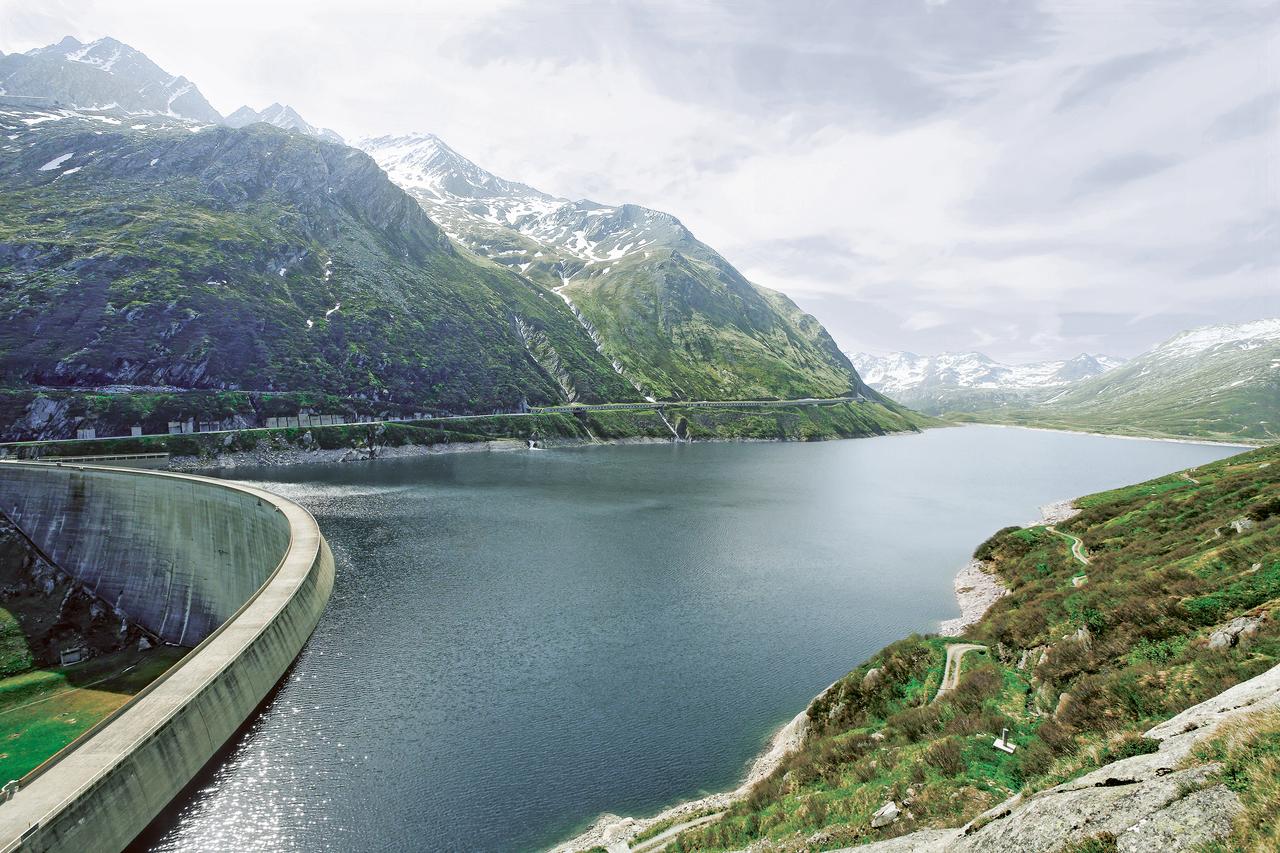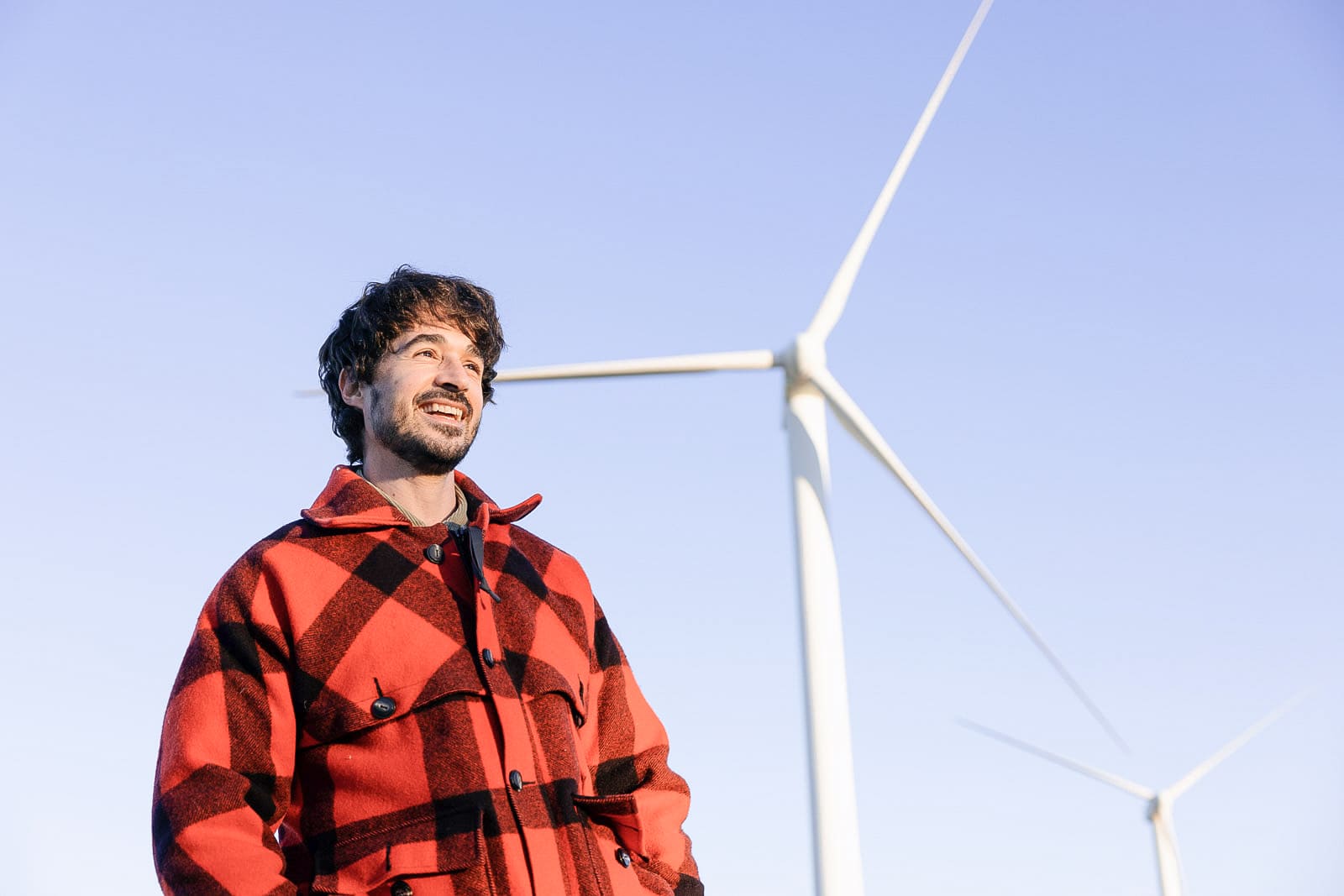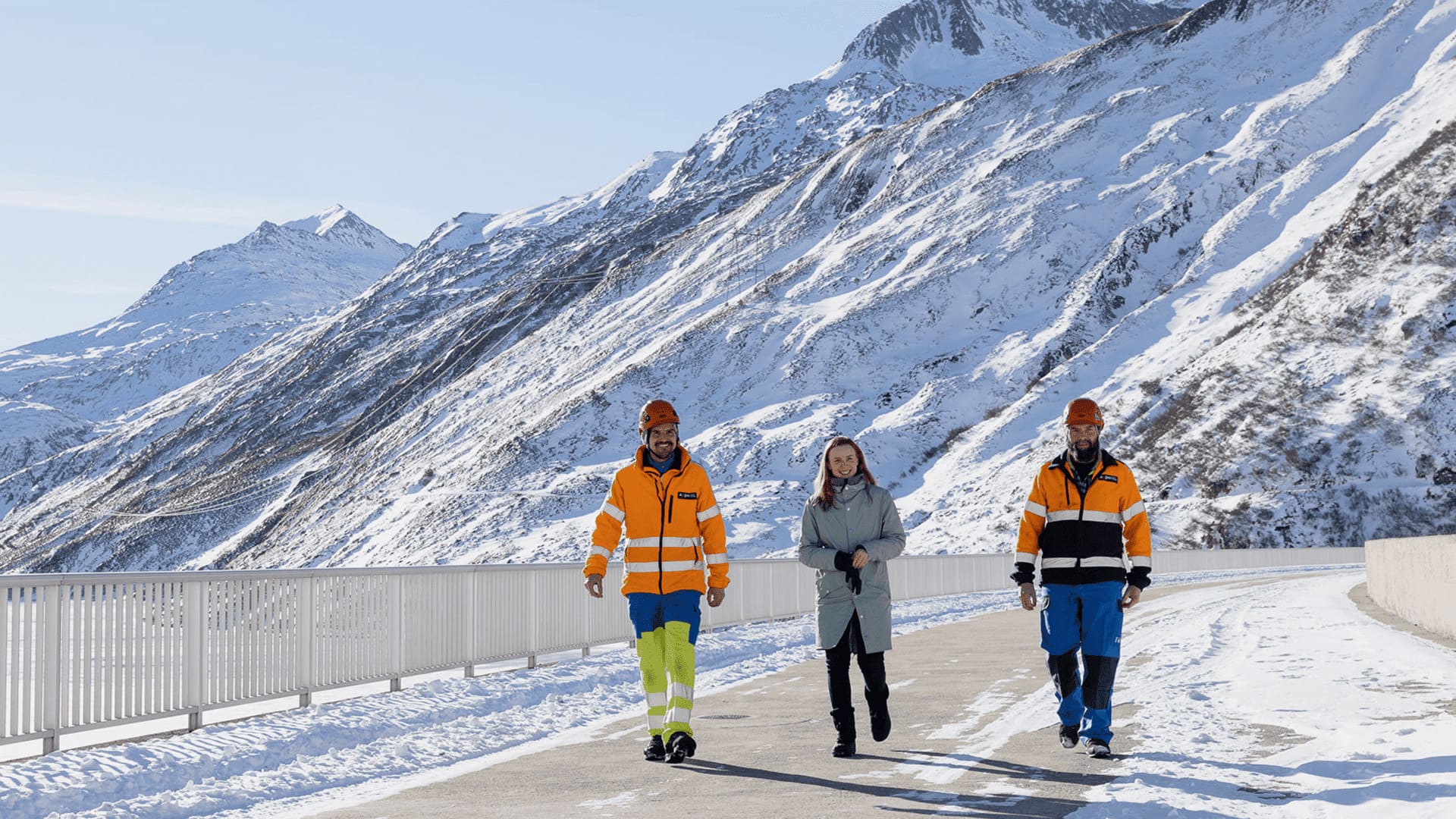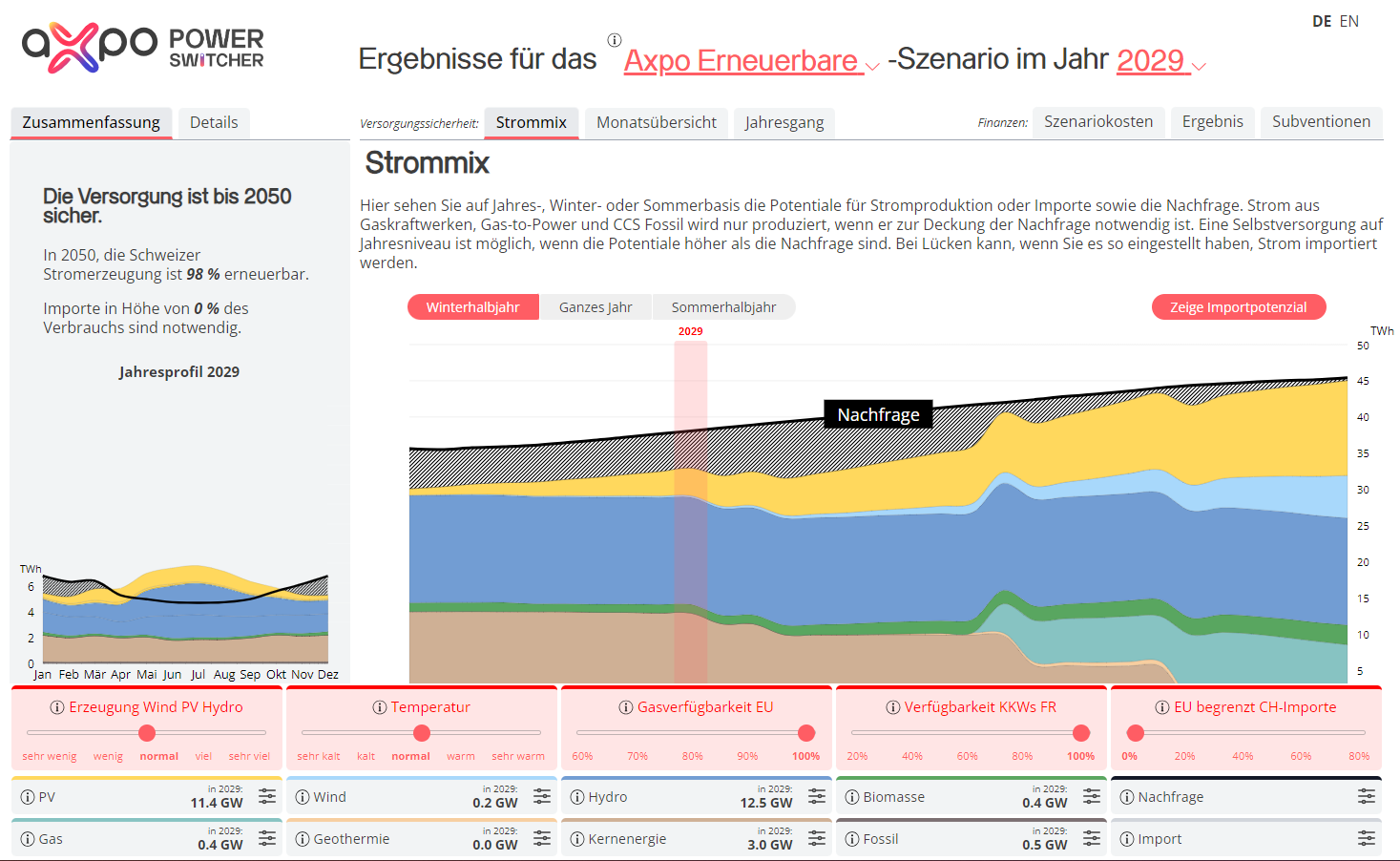13.07.2022 | Seven reasons for the construction of ground-mounted systems
Countering misconceptions
In order to achieve the energy transition, Switzerland needs large-scale solar plants in addition to roof-top systems. They offer many advantages and could make a valuable contribution to a broad, stable power mix. However, many misconceptions about these systems are still circulating. Seven reasons that speak for the construction of ground-mounted systems.
1. Solar power as an important part of the power mix
Solar energy has a great deal of potential that should be urgently used. The only way we can fill the power gap (up to 50 TWh of electricity by the year 2050) that will occur when the nuclear power plants are taken off grid is to develop renewable energies on all fronts. In addition to solar energy, these natural sources also include hydropower, wind energy and biomass. This is where free-standing solar plants, so-called ground-mounted systems, come into play. A great deal of solar energy could be produced at suitable locations with just a few large-scale plants (see Swissolar 2020, p.10).
2. Large-scale solar plants attractive for investors
Large-scale plants are attractive investments because they produce more renewable energy. This can be seen in the case of the power purchase agreement (PPA) for the first large-scale alpine solar plant in Switzerland: Denner will purchase about 3.3 million kilowatt-hours of electricity per year from the alpine solar plant at Muttsee for the next 20 years at a fixed price. This with just one contract. Switzerland has a great deal of potential for power purchase agreements for large-scale solar plants, including ground-mounted systems. Theoretically the same energy quantity could be purchased from numerous smaller plants by bundling several roof-top systems. However, this would require numerous contracts and the administrative effort would be enormous. As a result, this type of arrangement would not be attractive for investors.
3. Cost-effective and scalable
Large-scale plants are one of the most cost-effective technologies. The larger the plant, the better the scalability. The costs for a roof-top system on a single-family home with a capacity of approx. 10 kWp are about 2,500 CHF/kWp (see Energie Schweiz 2022); a large-scale plant with a capacity of 250 kWp or more results in a price per kWp of about 1,000 CHF (see Helion 2022). Therefore, the construction of large-scale solar plants is particularly attractive.
4. Easy dismantling
In principle, ground-mounted systems are temporary installations: Plants that have reached their service life after 20-30 years can be dismantled with a relatively small effort and without impacting flora and fauna.
5. Higher altitude, higher yield
Alpine ground-mounted plants are particularly efficient in producing solar power because they benefit from lower temperatures in the mountains and more solar radiation. In the winter, the sun reflects off the snow and results in a higher solar yield. These types of plants are especially important in the winter: They produce up to three times more solar energy in the winter half-year in comparison to plants located in the Midlands.
(see ZHAW 2020)
6. Benefits for flora and fauna
Ground-mounted plants in our region offer benefits for flora and fauna. The partial shading through the solar panels enables the side-by-side co-existence of various, small habitats. This creates various micro-climates that allow for greater biodiversity (see BFE 2021, p. 25).
7. Economic advantages of building near existing infrastructure
The construction of ground-mounted plants is particularly advantageous when they are located near existing infrastructure – for example near hydropower pants, ski areas, or pass roads. This also makes sense technically because no additional connections are necessary and existing grid connections can be used.




.jpg)





